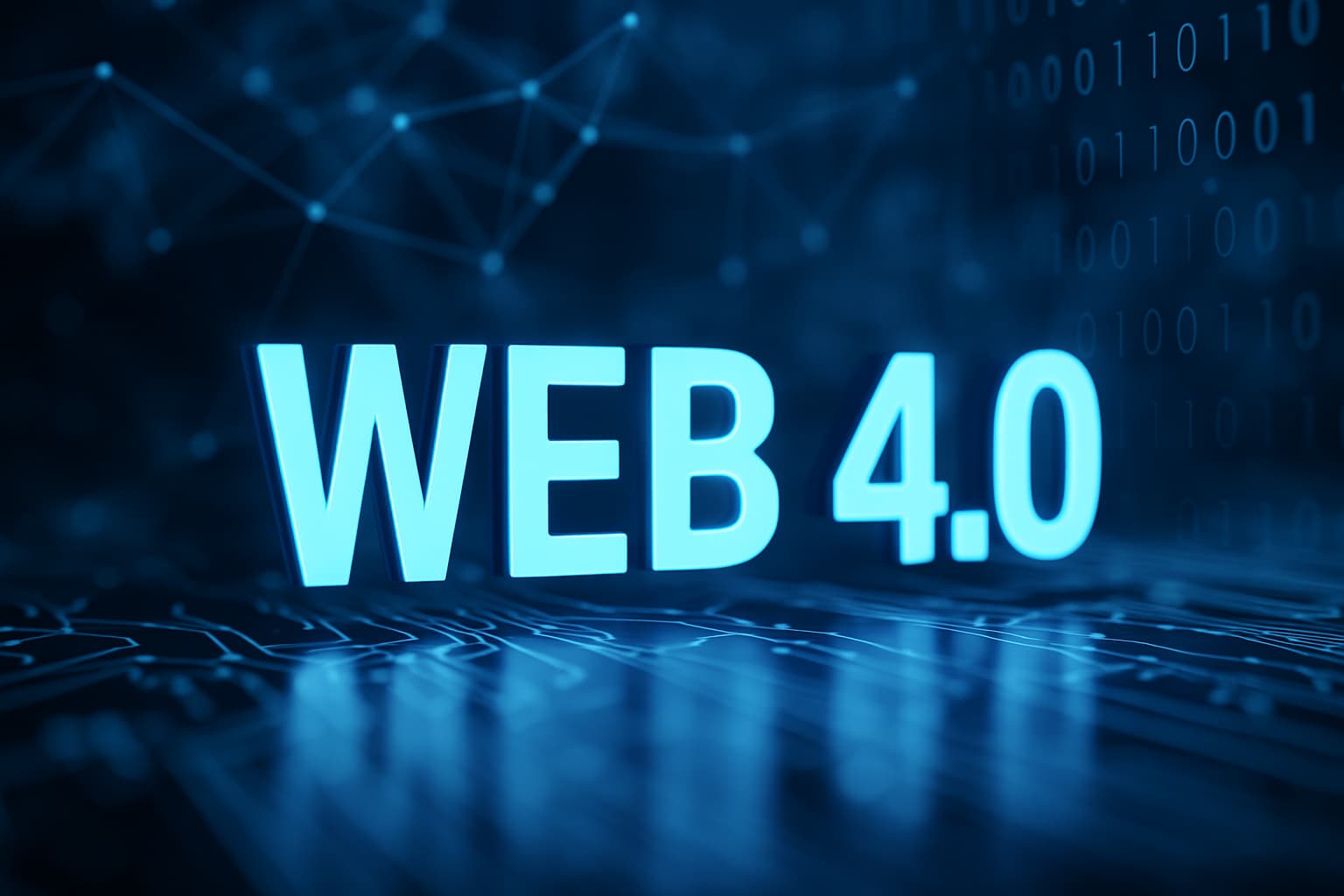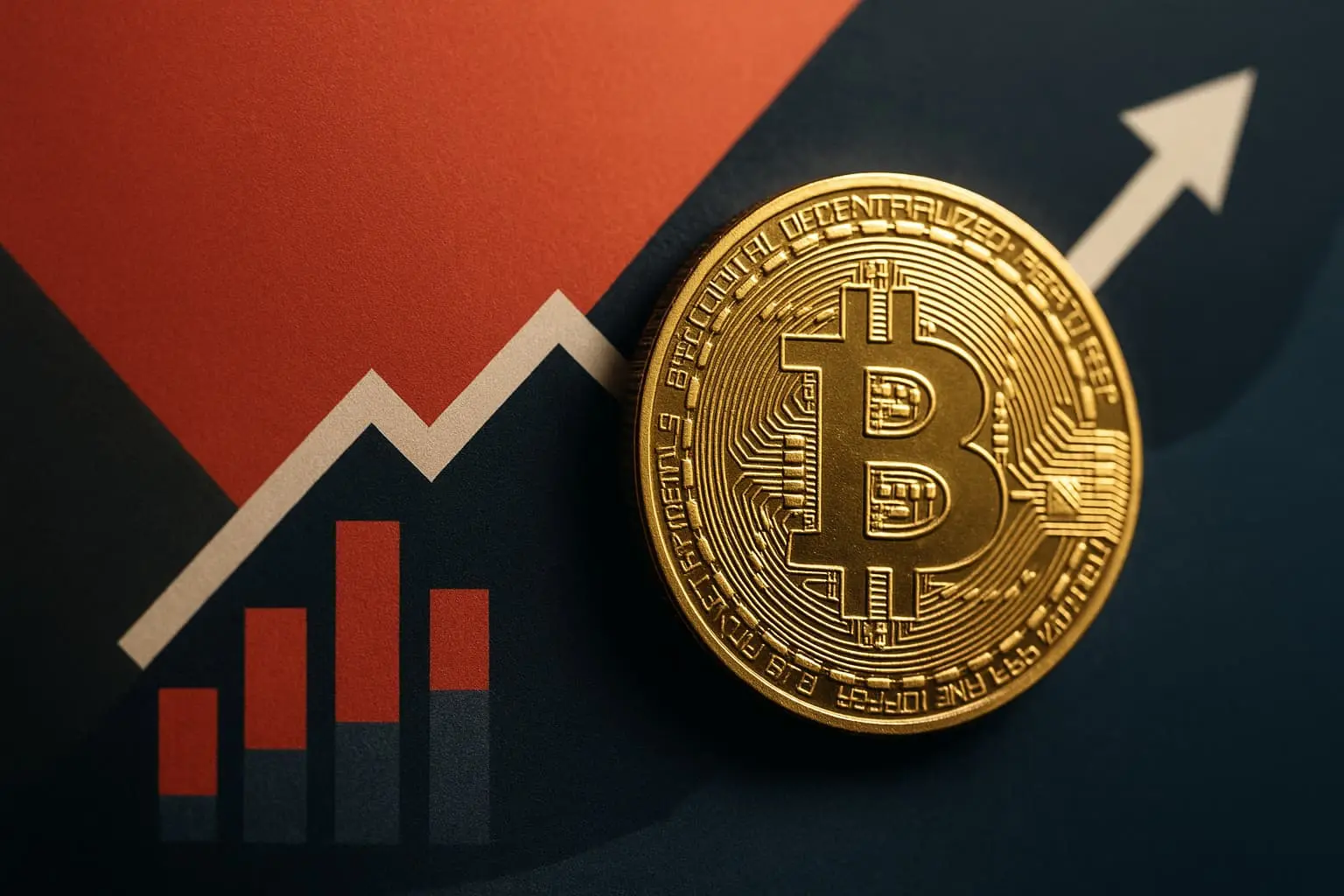The internet has come a long way since its dial-up days. From basic static web pages in the ’90s to the interactive platforms we use daily, it has evolved alongside us — adapting to how we live, work, and connect. Now, there’s a new concept making waves: Web 4.0.
But what exactly is Web 4.0? And why are so many people calling it the internet’s next big leap?
Let’s unpack it — no jargon, just plain language.
So, What Is Web 4.0?
Think of Web 4.0 as the internet growing up — becoming smarter, more personal, and more in tune with our lives. Some experts call it the “Symbiotic Web” because it’s designed to blur the line between humans and machines. But it’s not just about better search results or faster feeds — it’s about an internet that understands you, reacts in real time, and even adapts to your mood or environment.
If Web 2.0 was about social participation, and Web 3.0 is about decentralization and smarter data, then Web 4.0 is about connection and integration — linking together devices, data, AI, and people in one seamless, interactive digital experience.
Is Web 4.0 Already Here?
Sort of — but not fully. There’s no exact launch date for Web 4.0. It’s more of a shift that’s slowly happening behind the scenes, thanks to progress in AI, 5G, smart tech, and wearable devices.
That said, we’re already seeing glimpses of it: voice assistants that understand what you mean (not just what you say), self-driving cars, and apps that adjust to your habits without needing constant input.
So, when will Web 4.0 arrive? Most experts say we’ll really feel its impact in the 2030s — but it won’t happen overnight. It’ll be a slow, steady evolution.
What Makes Web 4.0 Stand Out?
Here’s where it gets exciting. Web 4.0 isn’t just about speed or sleeker websites — it’s about transforming how we experience the digital world. Instead of clicking through menus and tapping screens, your surroundings and devices will respond to you — naturally and intuitively.
Here’s how that might look:
- Digital assistants that actually understand you
Imagine AI that knows your habits, senses your mood, and helps you without needing a command — like a smart assistant that knows when to remind you of a meeting, or when to just let you relax. - Instant reactions from your environment
Your smart home adjusts the lights and temperature as you walk in. It knows when you’re winding down and creates the perfect mood without being told. - No more typing and tapping
With gestures, voice, or even brain signals, interacting with tech could feel more like talking to a friend than using a device. - Everything connected — all the time
Your phone, car, fridge, smartwatch, and even glasses working together behind the scenes, syncing your life so you don’t have to think about it.
Web 4.0 vs. Web 5.0 — What’s the Difference?
You may have heard whispers about Web 5.0, too. That’s still a bit of a sci-fi concept — more dream than reality. The big idea? An internet that’s not only smart, but emotionally aware. One that can recognize how you feel and respond accordingly.
Compared to that, Web 4.0 is more grounded. It’s focused on creating smooth, real-time, human-like interaction between you and your digital environment. It’s the bridge between today’s tech and the truly emotional web of the future.
Why Should You Care?
Because Web 4.0 isn’t just a tech upgrade — it could reshape your everyday life.
- Spend less time on screens, and more in the moment
- Use tools that adapt to you, not the other way around
- Make the internet more inclusive and accessible for everyone
It’s about making technology work with you — naturally, quietly, and helpfully.
Final Thoughts
We don’t need to wait for a headline to tell us Web 4.0 has arrived. It’s already unfolding around us, bit by bit. As our tech becomes more intelligent and intuitive, the internet will stop feeling like a machine — and start feeling like a helpful partner in everyday life.
And that’s a future worth getting excited about.









Leave a Reply